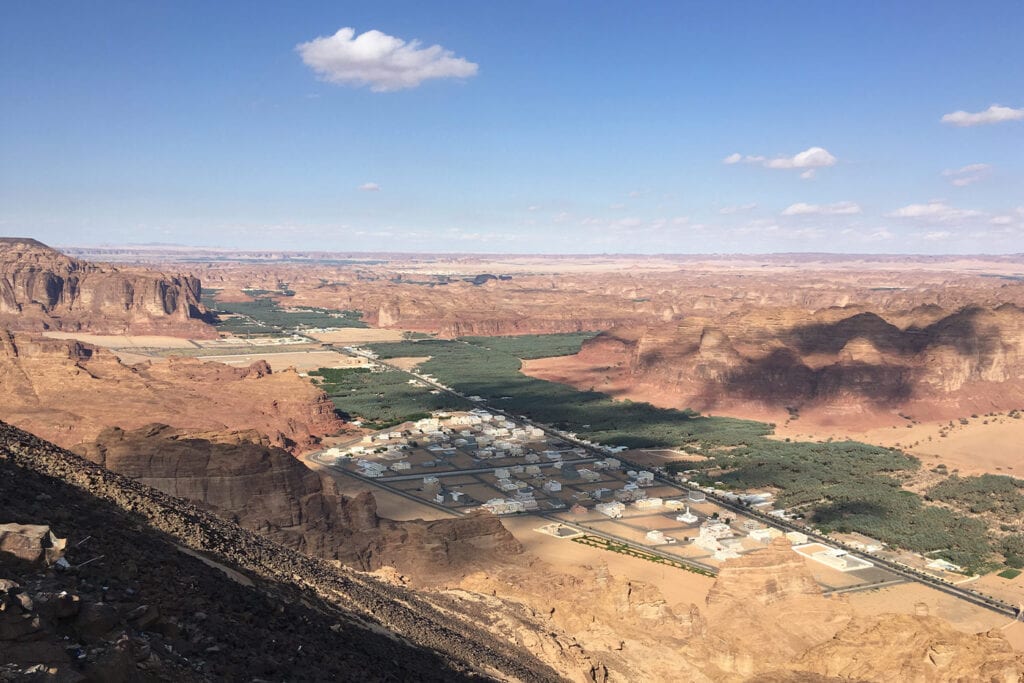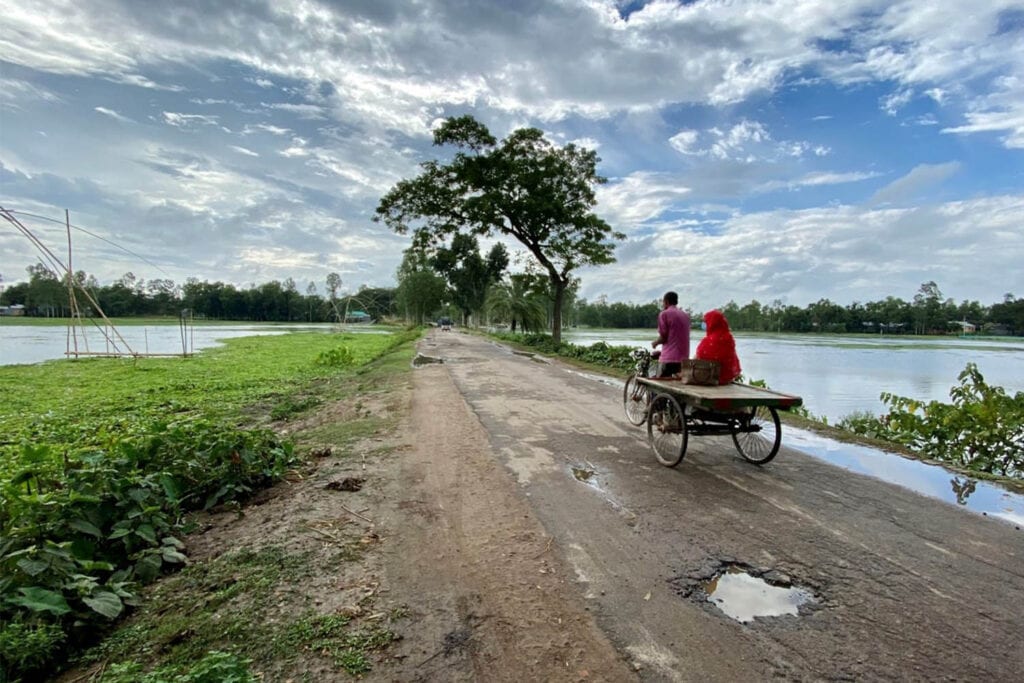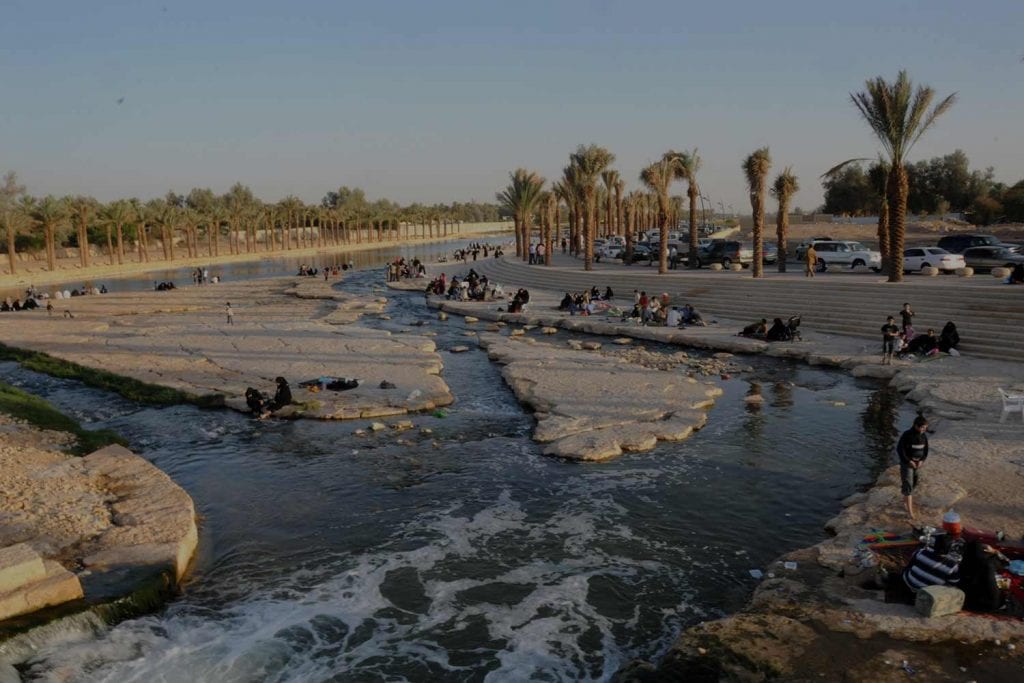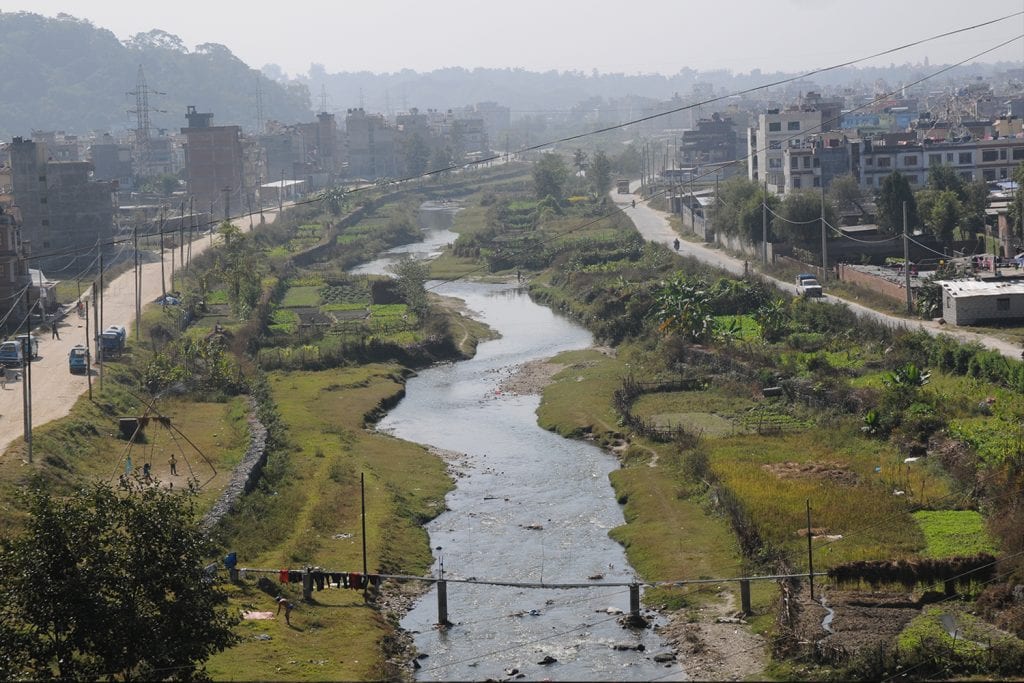Groundwater – making the invisible, visible
The theme for World Water Day 2022 is groundwater, which is often overlooked and even less understood.
However, groundwater is a key resource for our planet so it must be protected from pollution and exploitation. As a result of climate change, groundwater is becoming more and more critical.

Groundwater is a key part of life’s water cycle. It holds 99% of the globe’s freshwater supplies and it provides drinking water to nearly a quarter of the global population. Moreover, one fifth of the global population also rely on agriculture irrigated by groundwater.
According to NASA, 13 of 37 of the world’s largest aquifers are severely distressed. The Arabian Aquifer System, which supplies water to 60 million people, is one of the most affected. Over-abstraction does not just deplete vital reserves, but it also has a severe impact on land, which we all depend upon for survival.
Land levels in some parts of Mexico City are reporting to be falling by an average of 25mm each month, whilst Jakarta has experienced severe reductions in land level, increasing the vulnerability of the land to the impacts of climate change and sea level rise.
With current abstraction rates of approximately 283 Km3/year, groundwater depletion also exacerbates sea level rise globally. Over-extraction can also lead to land subsidence, resulting in an increase of 25% in the rate of sea level rise.

The challenge of meeting the demands of new urban developments, whilst protecting the earth’s vital resources, is one that Buro Happold’s Water Group tackle on a daily basis. Our engineers deliver sustainable civil engineering approaches on projects around the world, from the building, masterplanning and city scale.
Protecting our groundwater
The growth of water demand due to extensive human activity, combined with the effects of global warming, has had a direct impact on the groundwater recharge and its depletion in most parts of the world. The major contributor to groundwater depletion over the past decades, however, is not climate change, but the increase of water usage for potable use, irrigation and other human activities.
The water infrastructure of any city requires sustainable management. This infrastructure needs to manage growing water demands, whilst also preserving the environmental conditions of the natural water resources.
Based upon the site-specific features and the resources available, a sustainable infrastructure system will consider:
- Reducing water demands
- Promoting water conservation
- Installing more efficient fixture and fittings to reduce water loss
- Maximising the use of non-potable sources of water supply e.g. treated sewage effluent (TSE) from wastewater for irrigation.
The above principles are an example of how the optimisation of water resources can play an active role in the management of urban and natural water resources. For example, major projects in the Arabian Peninsula have shown how sustainable water resource management strategies can reduce the baseline water demand by up to 50%, whilst simultaneously promoting the recharge of already stressed aquifers.

The over abstraction of groundwater
Over abstraction of groundwater still remains a challenge in many parts of the world, and this is particularly the case in urban settings where there is limited access to piped-potable water network.
Jakarta is considered to be the “fastest sinking city” in the world, with almost 60% of its 10 million population relying on groundwater pumping as their main source of freshwater.
The extensive use of water sourced from underground aquifers has impacted the land subsidence rate. Currently, nearly 50% of the city sitting below sea level and the average sinking rate is of 1-15cm/year. North Jakarta appears to be severely affected and is estimated to be 95% submerged by 2050, based on subsidence of 2.5m in 10 years (rate of 25cm/year).
Having fair access to the water network system, as well as an adequate quality of water, is fundamental to limit the depletion of groundwater, especially in developing countries.
The extensive use of groundwater pumps and lack of an appropriate sewerage network, not only have catastrophic consequences on land subsidence and sea level rise, but it also results in increased water contamination, inadequate drinking and sanitation conditions.

Effective water management strategies
In general, developed countries grant access to affordable water supply. For example, Thames Water network serves over 10 million people across the London metropolitan area. It takes its baseline supplies from surface water (80%) and groundwater abstraction (20%), supplying 2,100 Ml/d of water. Effective water management strategies show that it is crucial to adjust the required water supply to prioritise groundwater conservation and its natural recharge.
Water scarcity and the depletion of groundwater resources is on the rise due to the pressures of population growth and the recharge rates affected by climatic change. Often neglected, the problems associated with increased groundwater consumption are leading to critical exploitation and depletion of the global fresh water supplies.
Buro Happold has set among its water management targets the preservation of groundwater. In particular, we are putting in place alternative solutions to satisfy water demand (e.g. use of treated water for irrigation and other water usage for human activities).
Efficient water infrastructure and civil engineering solutions not only facilitate the reuse of wastewater, but they also help set a baseline on how recycling water can be an opportunity to preserve natural groundwater resources.
General guidelines to facilitate groundwater preservation should broadly include water management strategies that prioritise:
- reducing the overall potable demand
- maximising the use of non-potable water
- avoiding abstraction from aquifers, unless it can be demonstrated that the rate of abstraction is less than the rate of recharge.

In recognition of this year’s World Water Day theme, we need to improve the visibility of groundwater, as well as the other out-of-sight infrastructure all around us.
Happy World Water Day.
Written by
Maria Paola Espa











